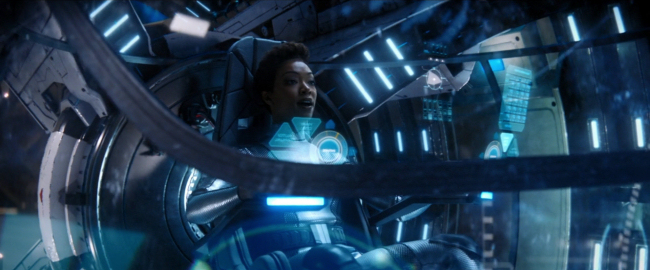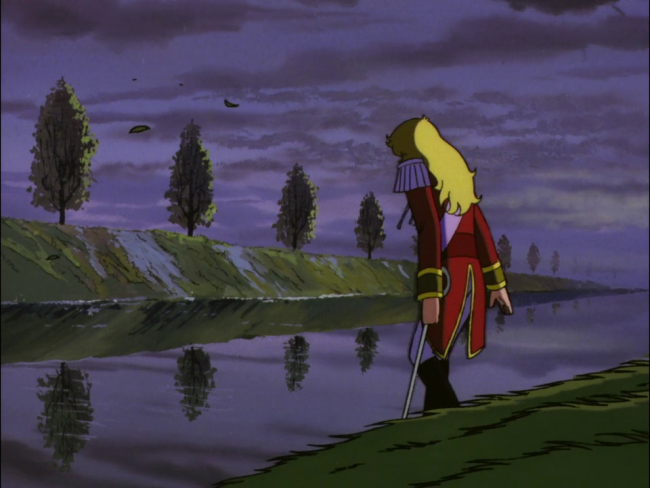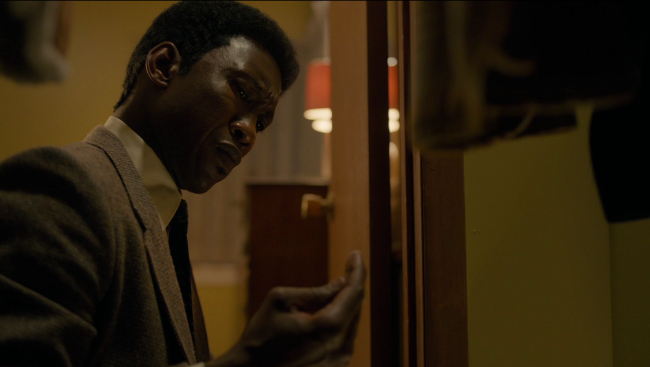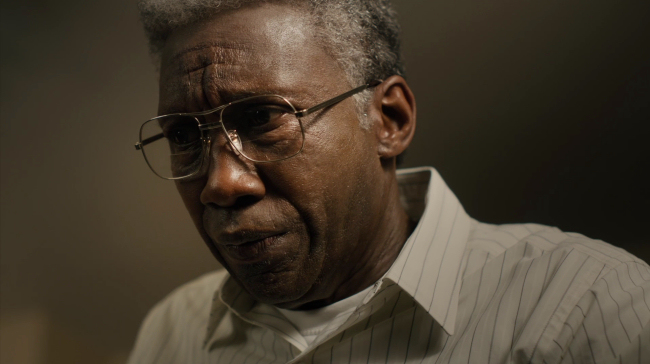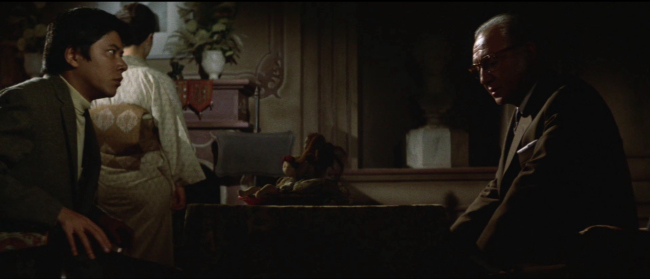
It was Tom Baker's birthday to-day so I thought I'd listen to one of his recent Doctor Who audio plays for Big Finish. Well, relatively recent--I listened to The Labyrinth of Buda Castle from 2016, an entertaining short vampire adventure.
Vampires have appeared on Doctor Who in various forms, most memorably in the Fourth Doctor television story State of Decay. The villain of Labyrinth of Buda Castle, set in 1980 Budapest, has nothing to do with those vampires. Zoltan (Mark Bonnar) seems to think he's charming and sits down with Romana (Lalla Ward) in a cafe without being invited and orders wine. Romana was never one to be so easily seduced but particularly not now when Lalla Ward is playing her as permanently cross. When I heard Tom Baker and Lalla Ward were teaming up on audio plays, I was excited, hoping they'd recapture some of their wonderful chemistry from their two television seasons together. But so far, no such luck. With every line she delivers, I can sort of imagine how the writer may have meant it to sound before she put her angry spin on it. The Doctor borrows her sonic screwdriver at one point--eventually she asks for it back, "May I please have my sonic screwdriver?" It could have been petulant, a little teasing, but she delivers it like she's talking to a disobedient student who's stolen the chalk.
2016 was the year Lalla Ward divorced Richard Dawkins so maybe she warms up in the audio plays after that. Tom Baker, by contrast, sounds like he hasn't aged a day since Logopolis in 1981, he might even sound happier. He's delightful, in any case. He tries to warn a soldier about the vampire threat with some cautious language to which the soldier replies, "I don't like what you're implying," and Baker hits just the right mixture of bemusement and urgency when he then says, "I don't like what I'm implying but if I stop implying it it won't go away!"
By the climax, Zoltan manages to come off as a real threat and there's real tension as well as a bit of horror in the way he psychologically manipulates and tortures his victims. It's a good show.
Twitter Sonnet #1197
Matter forms to make a tablecloth.
A meal begins with solid parts in place.
The tiny marching food creates the sloth.
A friendly neck supports the moving face.
A grocer dallied 'mongst the sporty lads.
No idle shorts were bleached to take a loss.
A staining orb repelled betwixt the pads.
Tomato tennis always ends in sauce.
Assorted shapes were metal men in planes.
A chomping cloud resembled wheels of cheese.
Ellipses eaten strengthen steady gains.
The dots're white but taste a bit like peas.
The shop was selling level seven spells.
A lighting bolt is cast in seven rels.




